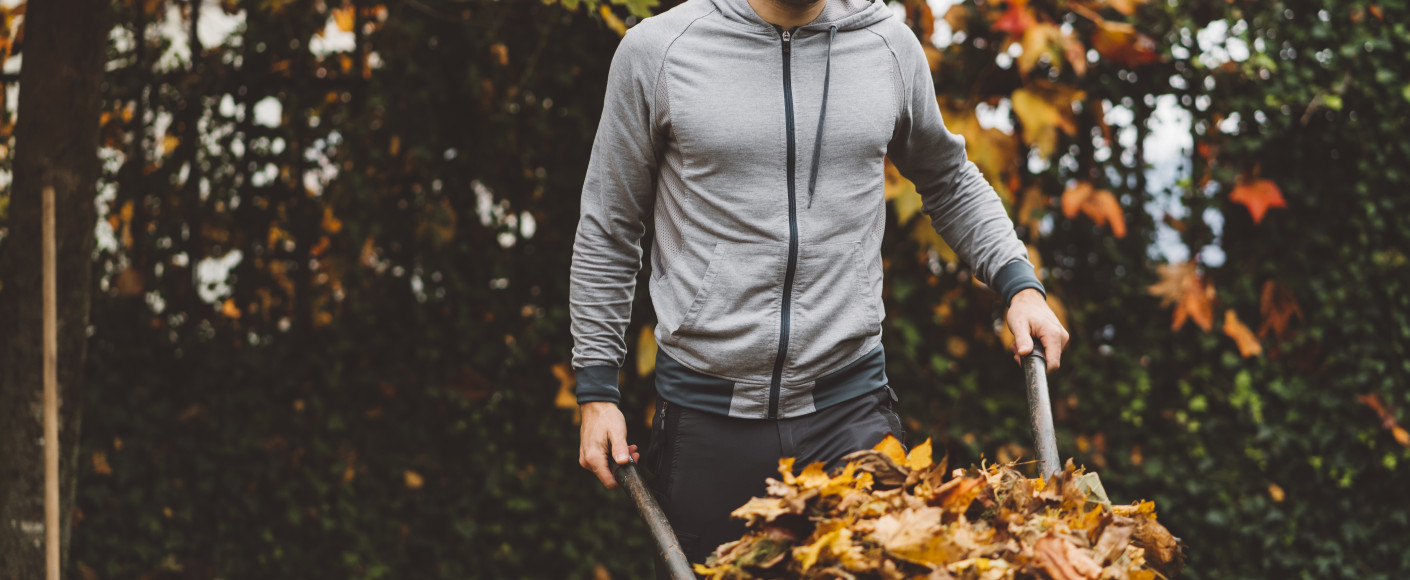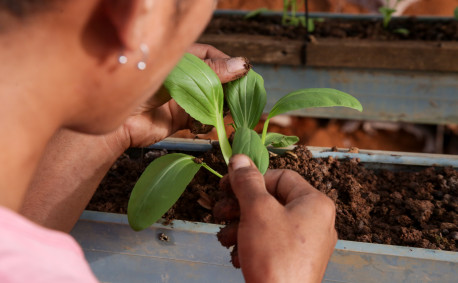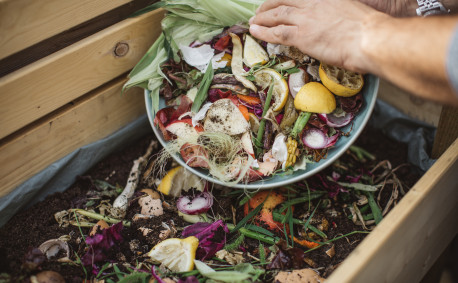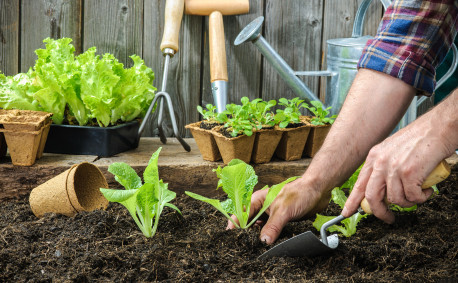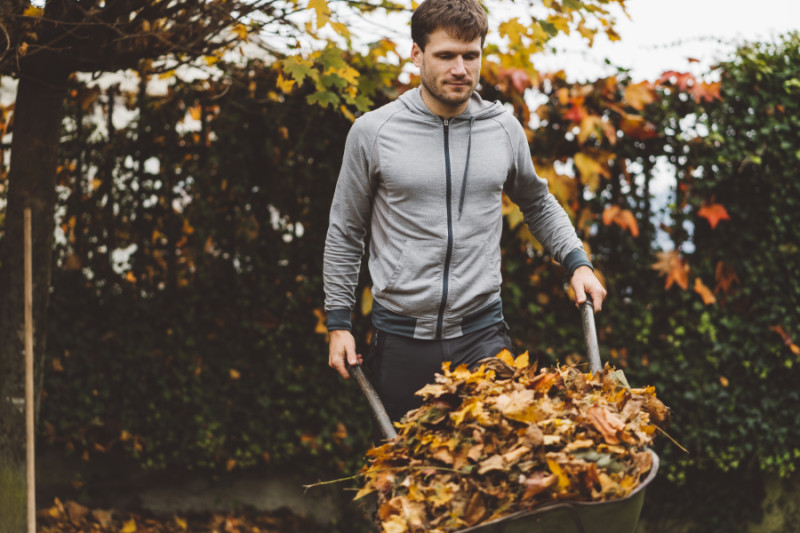Lawn Care Tips for Fall
Why does it always seem that our neighbors’ lawns are greener and more eye-catching than ours? Not only that, but they make it look so simple — they must hire a pro, right?
It’s easier than you think to become the lawn envy of everyone in your cul-de-sac; it just takes a little planning and preparation. Believe it or not, one of the best times to begin maintenance for a successful spring and summer yard is the fall. Follow these yard-prep tips and tricks for a better lawn next spring.
Test the Soil
Maintaining healthy soil is important in keeping your lawn looking worthy of hosting the next PGA Tour. By testing your soil, you can gain a better understanding of what type of lawn care it needs to thrive — fertilizer, nutrients, compost.
For those that are new to soil testing, which you should do about every three years, it evaluates your soil’s makeup. Sand, clay or silt are most common. It can also provide info about the current pH level, or acidity, as well as levels of nutrients that make up the soil.
Do-it-yourself test kits are available at most garden centers, although according to The Old Farmer’s Almanac, they aren’t as precise as professional testing. If you choose to go the professional route, you can usually do so through your local county extension office. The Almanac also includes a list of cooperative extension services by state for your convenience.
Fall is a great time to test your soil. Use your newfound knowledge to implement proper care for healthy soil and, as a result, a healthy, green yard.
Embrace the Foliage
Embrace the mess of falling leaves and enjoy the surprising benefits of skipping your normal rake-leafing routine. Plus, you’ll have more time to watch your favorite football team!
One way to “remove” the leaves from your yard is to mulch them and use them throughout the garden. Mulching your leaves has a lot of benefits, from preventing soil runoff and weed growth to offering much-needed insulation for plants throughout the colder months.
If you’re passionate about caring for the creatures that inhabit your yard, you can take it to the next level by forming a few piles of unmulched leaves throughout your lawn. The precious pollinators that you see flying and buzzing around your flowers in the spring and summer can use those piles of leaves for protection during the winter.
Lastly, your leaves will improve the quality of your soil when you compost them. Compost leaves and reuse them as a fertilizer or soil amendment. You can even add things that you use around the house like vegetable scraps, cardboard and coffee grounds to further boost the recycling benefits.
Give Your Yard a Lift
More often than not, those perfect-looking lawns you idolize were given a dose or two of some nutrients during the fall. Bringing out the fertilizer in September and October can help your grass recover and repair any damage from the hot, steamy summer.
But before you head to your local garden store in search of fertilizer, it’s important to know that the right formula is key in achieving the results you desire. The formula is listed on the bag as three numbers representing nitrogen, phosphorus and potassium.
If you’re unsure which fertilizer formula to use, a good way to know is to (yep, you guessed it) test your soil! Once you know the condition of your soil and some of the nutrients it may be lacking, you can determine the appropriate fertilizer formula for your lawn. Experts recommend fertilizing twice in the fall, if possible — earlier in the season and again about six weeks later.

